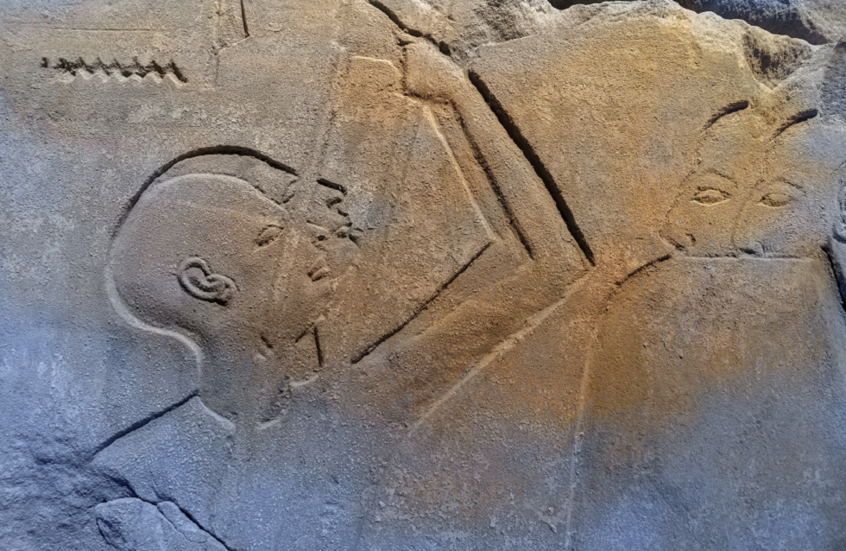Cairo - Saba:
A team of researchers has succeeded in reconstructing the face of an ancient Egyptian priestess named Mersamun for the first time in about 2,800 years, using CT scans and digital reconstruction techniques.
Mersamun was a priestess and singer at the Temple of Amun at Karnak, and her singing was believed to help appease the gods.
Mersamun died in mysterious circumstances in her early thirties and was buried in a lavish coffin decorated with multi-colored symbols. The coffin was purchased by American archaeologist James Henry Breasted in 1920, but the coffin has never been opened.
The coffin bears an inscription mentioning her name as "Merisamun" and describing her as a "singer in the Temple of Amun," indicating her noble status.
Researcher Cicero Moraes, a specialist in digital facial reconstruction, used CT scan data from the mummy's skull to create an accurate model of Mersamun's face. Multiple techniques were used, including placing soft tissue thickness markers on a virtual skull model and anatomical deformation technology, which helps simulate the actual dimensions of the face.
The reconstruction revealed a harmonious and serene face with features that suggest dignity and delicacy. Details such as skin color, hair, and eyes were added, providing a more realistic portrait.
Moraes confirmed that the result reflects an accurate estimate of the priestess's appearance, drawing on his experience working with the police on forensic cases.
Evidence suggests that Mersamune was well nourished and showed no signs of illness before her death. Despite her short stature of approximately 1.47 meters, she was likely relatively intelligent compared to the average population at the time (her cranial capacity was slightly above average).
This achievement is a modern example of the power of modern technology to recreate history and understand the lives and roles of figures who lived thousands of years ago. It also helps breathe new life into ancient Egyptian cultural heritage.

| more of (International) |




